Humata tyermannii 'Spider Fern'
Humata tyermannii 'Spider Fern'
Couldn't load pickup availability
We clean up after ourselves.
Ecommerce deliveries have a carbon footprint. That's why we support verified projects that remove carbon from the air.



Every delivery’s carbon footprint is calculated based on weight, shipping method, and distance traveled. We neutralize these emissions by purchasing verified carbon removal credits from groundbreaking projects.



With your purchase, you’ll join a community of proactive merchants and customers dedicated to a sustainable future. Together, we've removed emissions for over 52 million deliveries and removed over 39 thousand tonnes of carbon.

We work with a network of pioneering carbon removal companies that have been vetted by the commerce platform Shopify.

Humata Tyermannii, exotic climbing fern from Southeast Asia.
This fern grows exclusively epiphytically, which means that its rhizomes should never be buried deep into the substrate when grown in a pot. The roots are covered in whitish-gray scales and therefore look a bit fluffy.
Due to their appearance, which with a little imagination can resemble the hairy legs of a spider, this fern is also called the spider fern. They tend to crawl over the edge of the pot in large numbers, forming individual, long-stemmed leaves with airy spaces.
Care.
Place the potted plant in a place with as high humidity as possible and bright, indirect light. It can possibly tolerate morning or evening sun, but not direct midday sun. Therefore, bathrooms, plant cabinets or terrariums are best for caring for this plant. The rhizomes should never be buried. Over time, the species will climb up any rough, slightly damp surface with its rhizomes. All ferns, including this one, are safe for pets.
Botanical description.
Davallia tyermannii, as the fern is actually called, comes from southern China to northern Myanmar and Taiwan.

Appearance.
The beautiful, feathery leaves are the fern's greatest adornment. The underside of the leaves has small capsules with spores, which allow the fern to reproduce naturally.
Its most unique feature is the hairy, silvery-brown rhizomes that often creep over the edge of the pot. These resemble spider legs and have given the fern its characteristic nickname.
Create a tropical feel at home with a houseplant that is both beautiful and easy to care for. Buy spider fern online!
Shipping & Policy
Shipping & Policy
When buying live plants, transport can sometimes affect the condition of the plant. We strive to ensure that all plants arrive in good health, but minor shipping damage, such as a torn leaf or bent stem, is sometimes unavoidable. Read more about our policy here.
Share


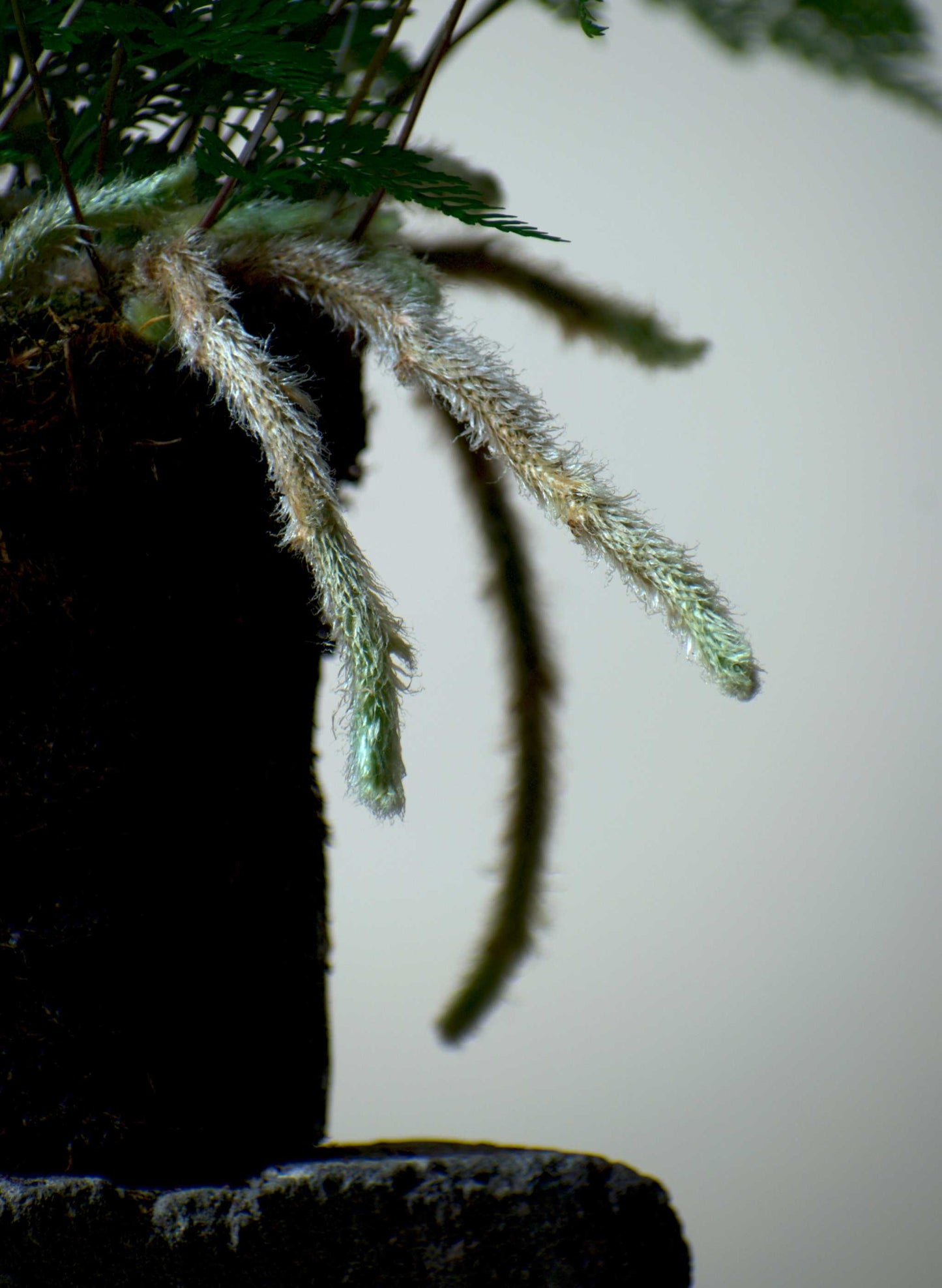

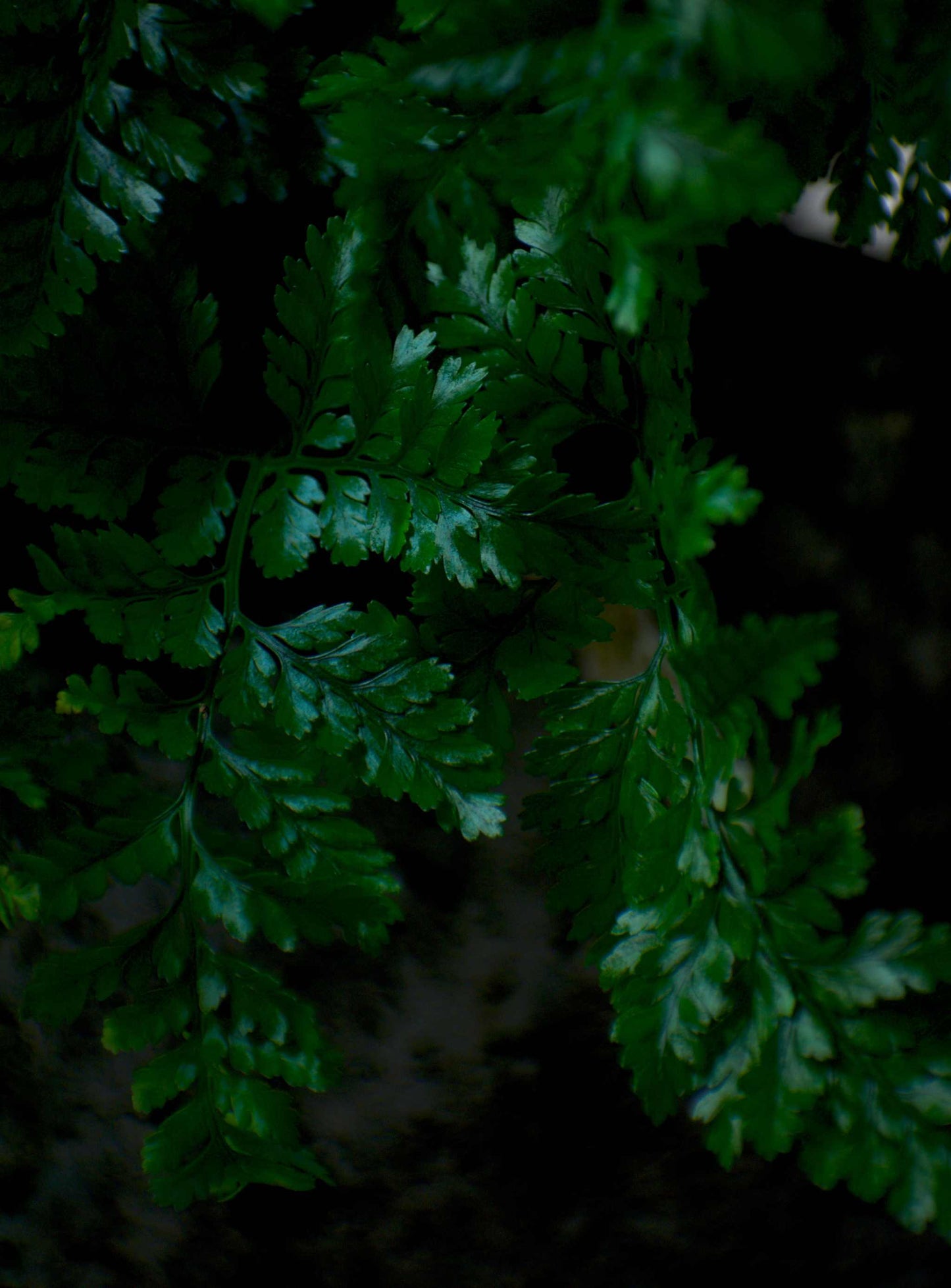
Reviews in Other Languages

Join the customer club
Earn points on purchases and through special actions. Spend your points on rewards including gift products & discounts
Learn more about your plants!
-
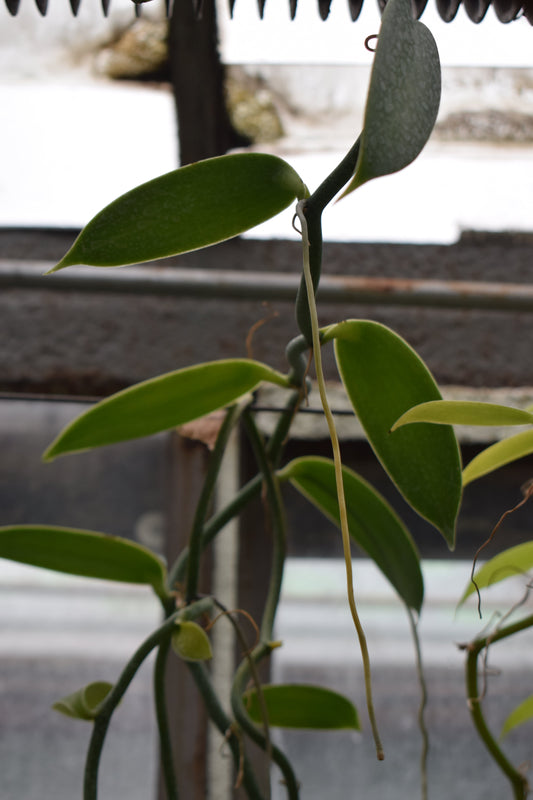
Vanilla idea care
If you feel up for a challenge and have some experience growing other orchids, you can try growing vanilla orchids at home. It takes patience and care to get this...
Vanilla idea care
If you feel up for a challenge and have some experience growing other orchids, you can try growing vanilla orchids at home. It takes patience and care to get this...
-
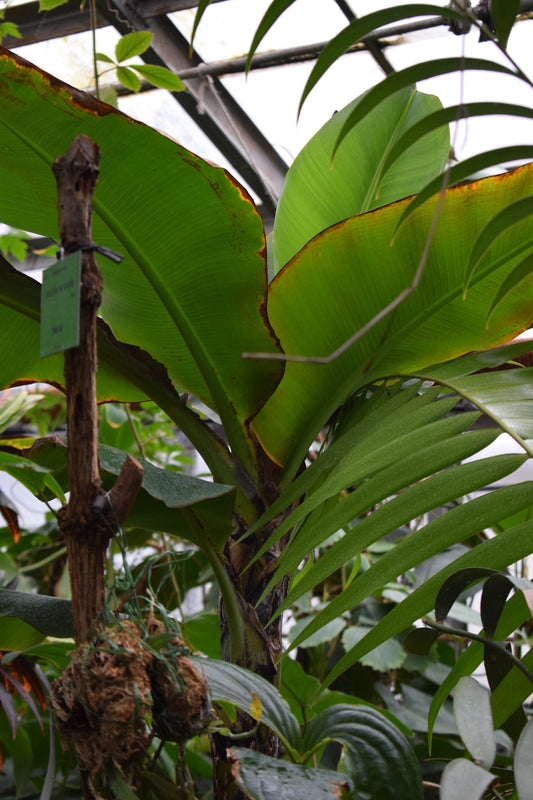
Banana plant care
Growing a banana plant at home easier than you might think. In summary, banana plants need three things to thrive. Sun, nutrition and water. Read more below to learn how...
Banana plant care
Growing a banana plant at home easier than you might think. In summary, banana plants need three things to thrive. Sun, nutrition and water. Read more below to learn how...
-
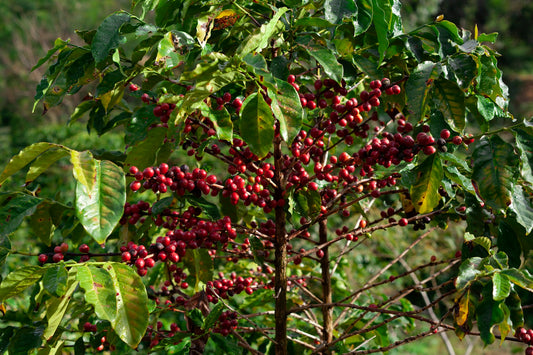
Coffee plant care
The coffee plant, a tropical plant native to Ethiopia and Sudan, is both entertaining and easy to care for, with its glossy green leaves, white, fragrant flowers, and edible coffee...
Coffee plant care
The coffee plant, a tropical plant native to Ethiopia and Sudan, is both entertaining and easy to care for, with its glossy green leaves, white, fragrant flowers, and edible coffee...








